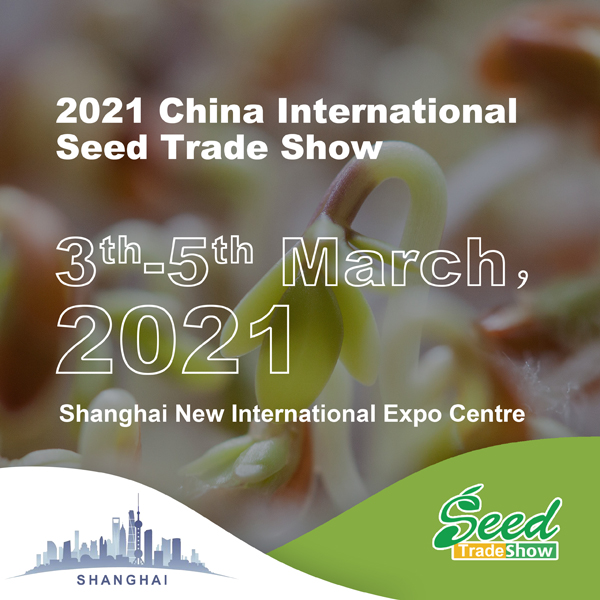CCPIT Sub-council of Chemical Industry
Add: Bldg 16, Block 7, Hepingli, Beijing, China
Tel: +86-10-64283093, 84255960
Email: zhaoqing@ccpitchem.org.cn

Over the recent period of change caused by COVID-19, we can only just imagine what a future world of seed would be like. This crisis has created a greater interest in seed and people wanting to secure supply of the items that are made from it. However, we may see a change in the demand in the requirement of each country for the importation of seed.
As world debt increases, countries may try to be more self-sufficient in feeding their populations, to stimulate their own economies. Could this stimulate a new green revolution in agricultural research? Unfortunately, this seems unlikely. Most governments will be looking to decrease spending and it is usually agricultural research that is of lower priority compared to things such as health and security.
So, what sort of environment are we likely to see in the seed world?
Most governments will leave it to free markets to come up with the solution. We know that overall, there will be a greater demand for seed. A good example of this is in the backyard vegetable seed sector. Seed companies could not keep up with the demand for seed once COVID-19 hit, and it is looking like it will be the same this spring in Australia. There are a lot of people out of work in the Western world and jobs that were once common in our society will take a long time to come back to being pre-COVID-19. These people will be looking for a way to make an income and seed is lucrative option for them. We all know that to be a good seeds person, it must be a passion that drives you: it is not a skill that can easily be learned. It will lead to a less discernable marketplace where there will be many sellers for a product of interest with a variation in price.
We are told that competition in the marketplace is good for the consumer, but I would suggest that this is not always the case. Let’s take a fictional example of a new variety of tomato that has grown popular in the marketplace called “Moneybags”. There is a strong demand for the seed, so this increases the number of sellers that want to supply it. Some of these sellers are experienced seed people and supply “the real thing” in a quality product at a reasonable price. Other sellers are what we call “fly by nighters” meaning that they have little experience with seed but see an opportunity to make money. The supply of Moneybags may be hard to come by, but all tomato seeds look the same, so our not so reputable seed seller just substitutes it for a cheaper variety, yet still calls it Moneybags. The seed that they replaced Moneybags with was cheap and old, so the germination was low. Who is going to find out this secret? The grower will, when he harvests the plant, if the grower has grown the Moneybags variety before and notices that the plants don’t look the same or maybe the seed doesn’t even germinate. By that stage if they complain, the seller has closed up shop, making their money from the business and have moved onto their next money making scheme.
So how can we police the seed market so that this problem doesn’t occur? At a smaller scale we need to try and certify seed sellers so that the consumer can be confident that the product that they are receiving is the real thing. This is where national seed associations can help. Seed sellers pay a fee to become a member and some of this fee is used to certify the seed sellers to make sure they are doing the right thing. There needs to be then a marketing campaign to consumers telling them the risks of buying cheap seed from uncertified seed sellers. It is interesting to know that in most seed industries the cost of the seed is only a small component of the cost of growing and getting the final product to the consumer. It is put under higher scrutiny by the buyer as it is one of the first things they must purchase when growing the plant.
The next step the seed industry can do is to use molecular technologies to determine that the variety claimed to be sold is the real thing. It is vital over the next few years that a cheap, readily accessible and reliable genetic test be made available to seed industry for both self and cross-pollinating species in all crops of interest.
With the greater interest from consumers in food and seed COVID-19 has presented the seed industry an opportunity to move into a new age. Let’s learn from our mistakes in the past and create an environment that is sustainable for both the producer and consumer.
Source: Seed World
